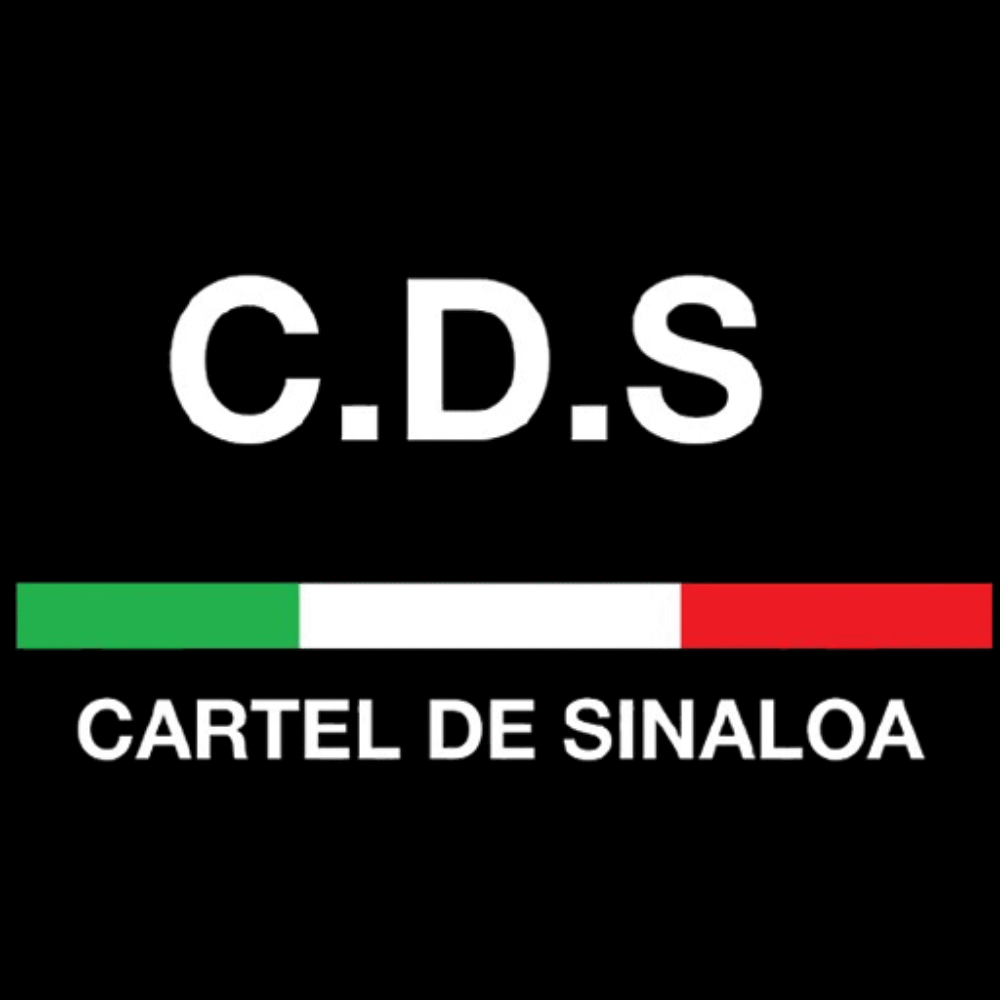Where Does the Sinaloa Cartel Source Cocaine & Heroin?
The Sinaloa Cartel’s dominance in global narcotics markets relies heavily on securing reliable sources for cocaine and heroin, the two cornerstone products of their trafficking empire.
1. Cocaine Sources
- South America’s Coca-Producing Countries:
The cartel primarily sources cocaine from the Andean region, including:- Colombia: The world’s largest cocaine producer, Colombia supplies high-quality coca paste and refined cocaine.
- Peru: Known for significant coca cultivation, Peru is a key supplier of cocaine base and powder.
- Bolivia: Another major coca-growing nation, providing raw materials for cocaine production.
- Supply Chain:
Cocaine is transported from South America northward through Central America and Mexico using a mix of overland routes, maritime shipments, and air transport. The Sinaloa Cartel then refines, consolidates, and distributes the cocaine into global markets.
2. Heroin Sources
- Mexico’s Golden Triangle:
The cartel controls poppy cultivation and heroin production in Mexico’s Golden Triangle region, which includes:- Sinaloa State
- Durango State
- Chihuahua State
- Cultivation & Processing:
The cartel manages opium poppy farms and processes raw opium into black tar and powder heroin. This control over both cultivation and refining ensures a steady, high-quality heroin supply.
3. Strategic Advantages
- By sourcing cocaine from South America and producing heroin domestically, the Sinaloa Cartel maintains diversified and resilient supply chains.
- Their control over Mexican heroin production reduces dependence on foreign sources and enables tighter quality control.
Conclusion (Where Does the Sinaloa Cartel Source Cocaine & Heroin?)
The Sinaloa Cartel sources cocaine from major South American coca-growing countries—Colombia, Peru, and Bolivia—while heroin is cultivated and produced within Mexico’s Golden Triangle. This dual sourcing strategy underpins the cartel’s powerful position in the global narcotics trade.


